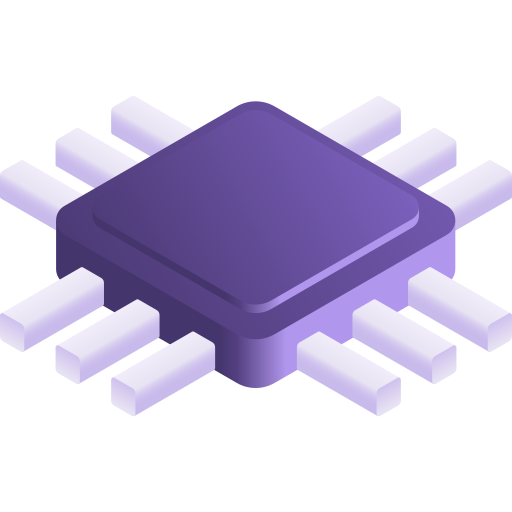Optical blur is an inherent property of any lens system and is challenging to model in modern cameras because of their complex optical elements. To tackle this challenge, we introduce a high‑dimensional neural representation of blur—the lens blur field—and a practical method for acquisition.
The lens blur field is a multilayer perceptron (MLP) designed to (1) accurately capture variations of the lens 2‑D point spread function over image‑plane location, focus setting, and optionally depth; and (2) represent these variations parametrically as a single, sensor‑specific function. The representation models the combined effects of defocus, diffraction, aberration, and accounts for sensor features such as pixel color filters and pixel‑specific micro‑lenses.
We provide a first‑of‑its‑kind dataset of 5‑D blur fields—for smartphone cameras, camera bodies equipped with a variety of lenses, etc. Finally, we show that acquired 5‑D blur fields are expressive and accurate enough to reveal, for the first time, differences in optical behavior of smartphone devices of the same make and model.



Looks like we need the user space camera app to use image magick, or even spoofing – now that the distortion field data exists. Last thing some honest whistle blower needs is images traced like this.
I thought most phones/apps do some auto fixing of the image, I would think that would negate this capability.
I wouldn’t be surprised if mobile OS’s embed some cryptographic signature into every image processed on-device, the same way printers do. In fact, I expect it given the size and scale of the American surveillance apparatus.
There is the Metadata tagged to images that would identify it, but that can easily be stripped from the image. I’m not sure if there is anything done to the images themselves. It’s possible, but yet again there are so many apps that modify the image to enhance it that I would think those things would end up strippes/modified.